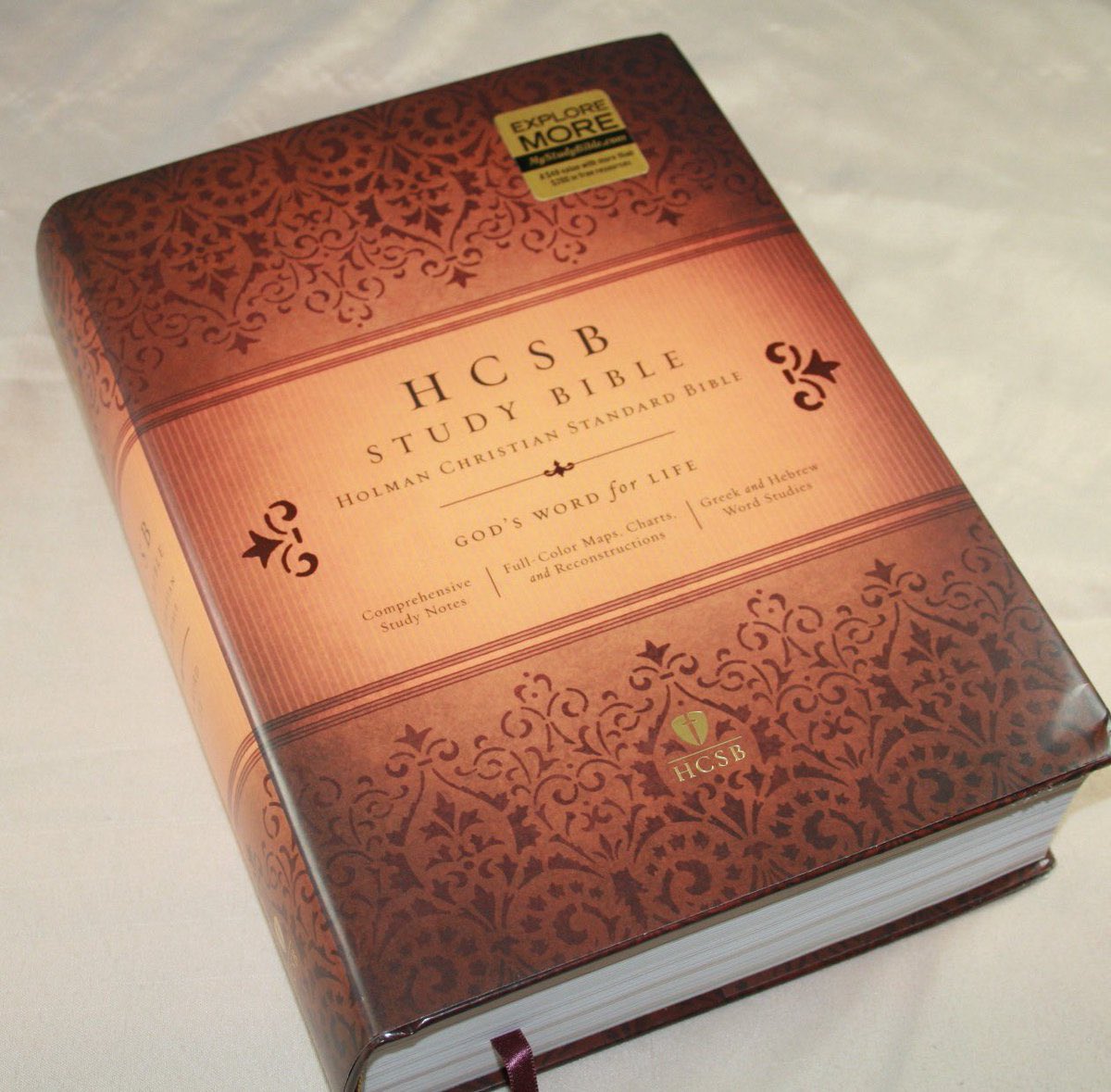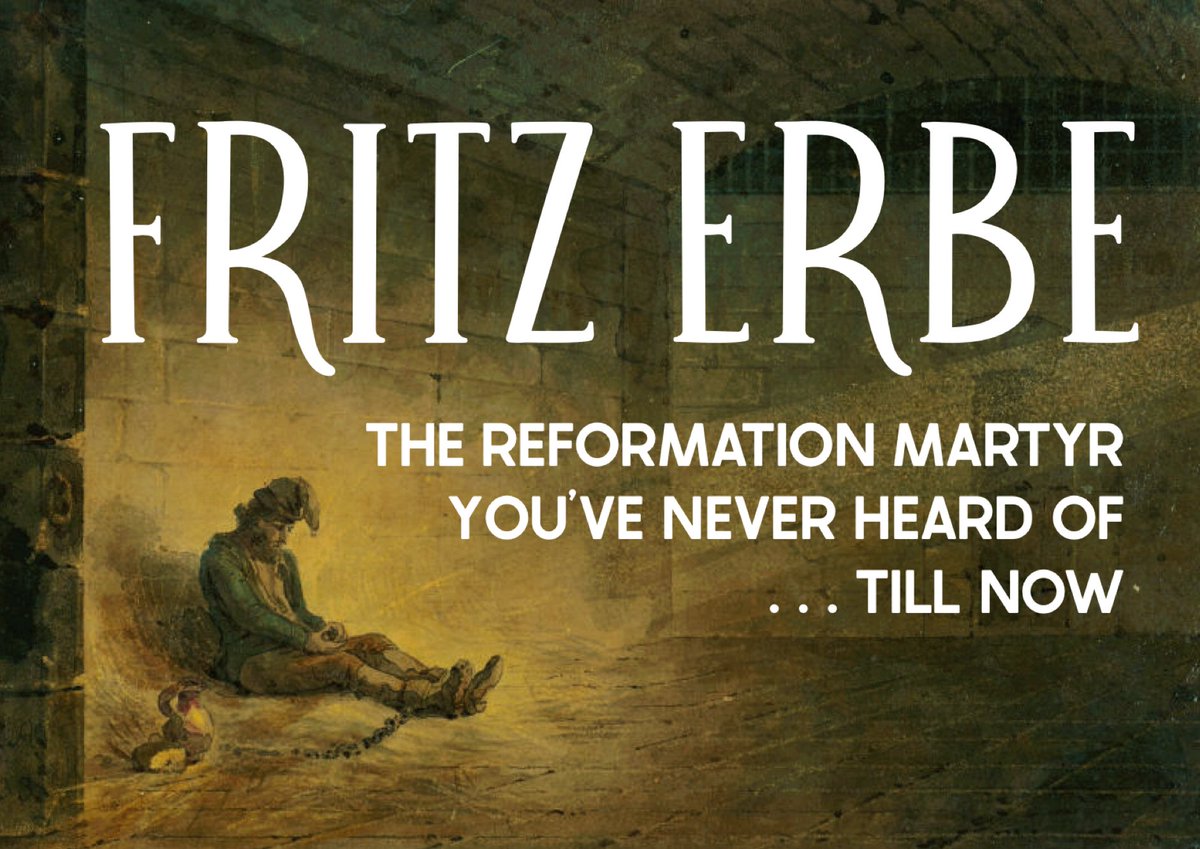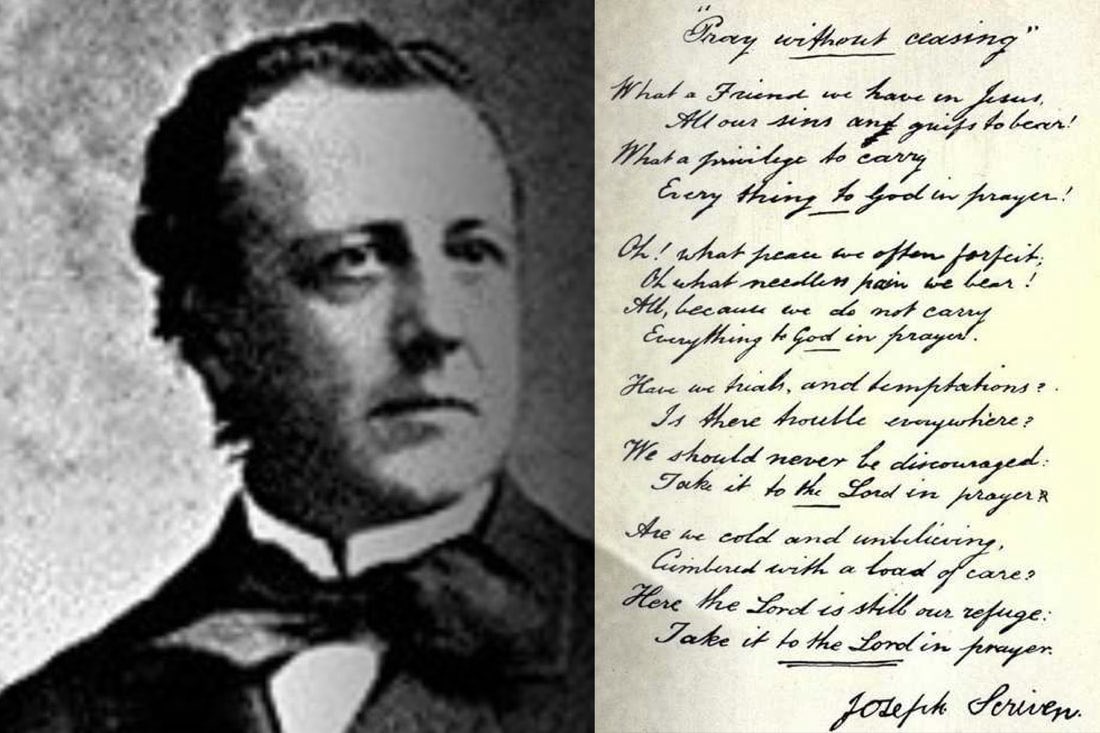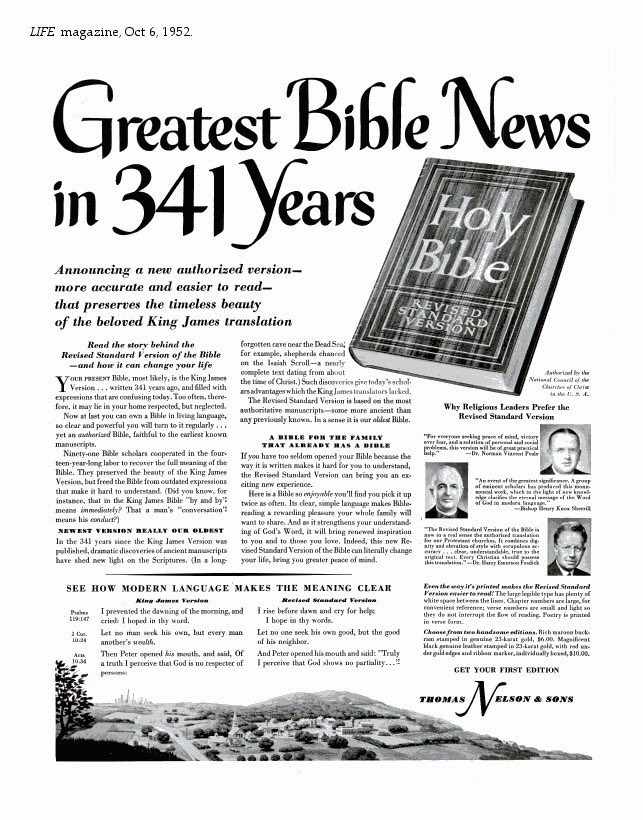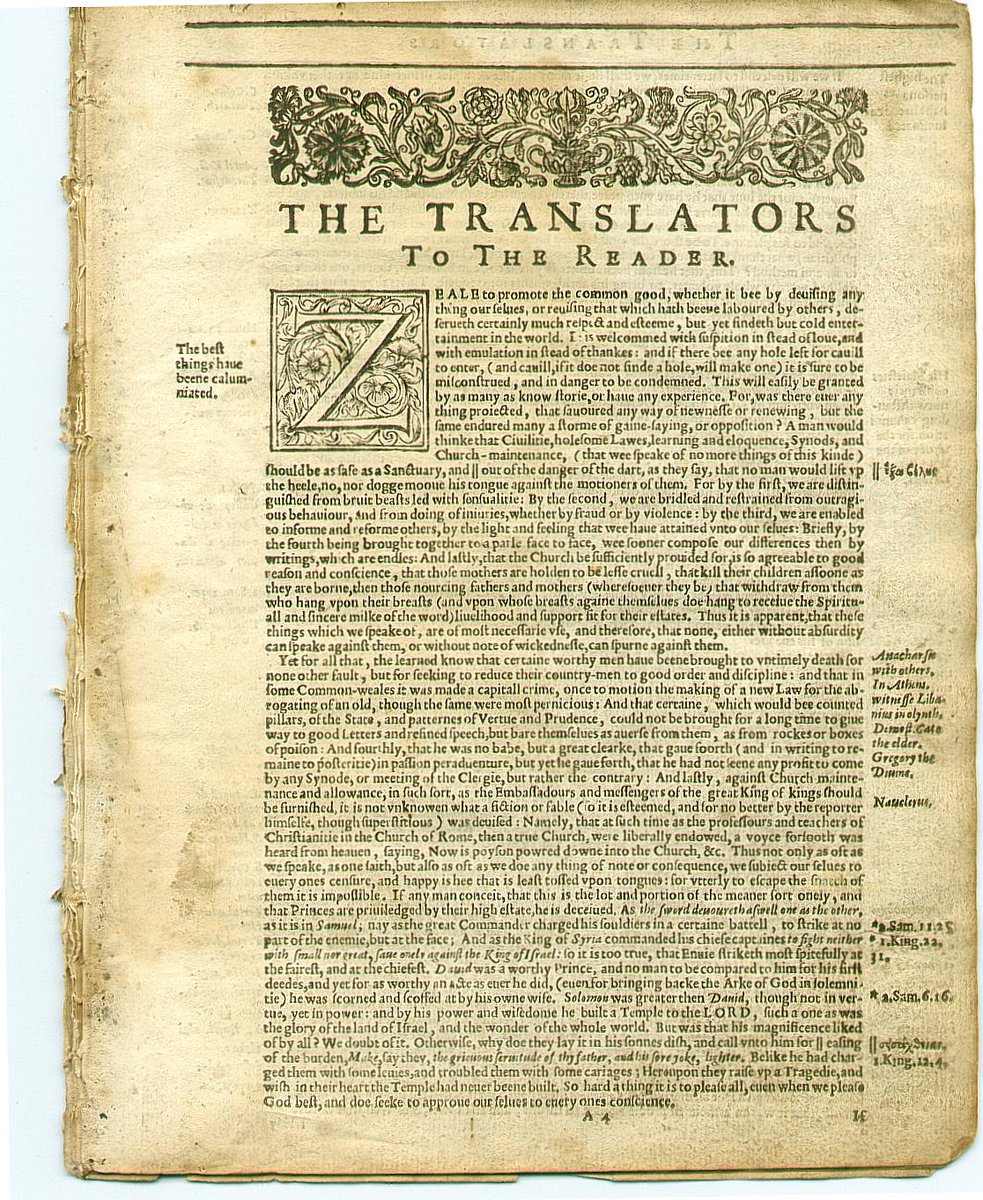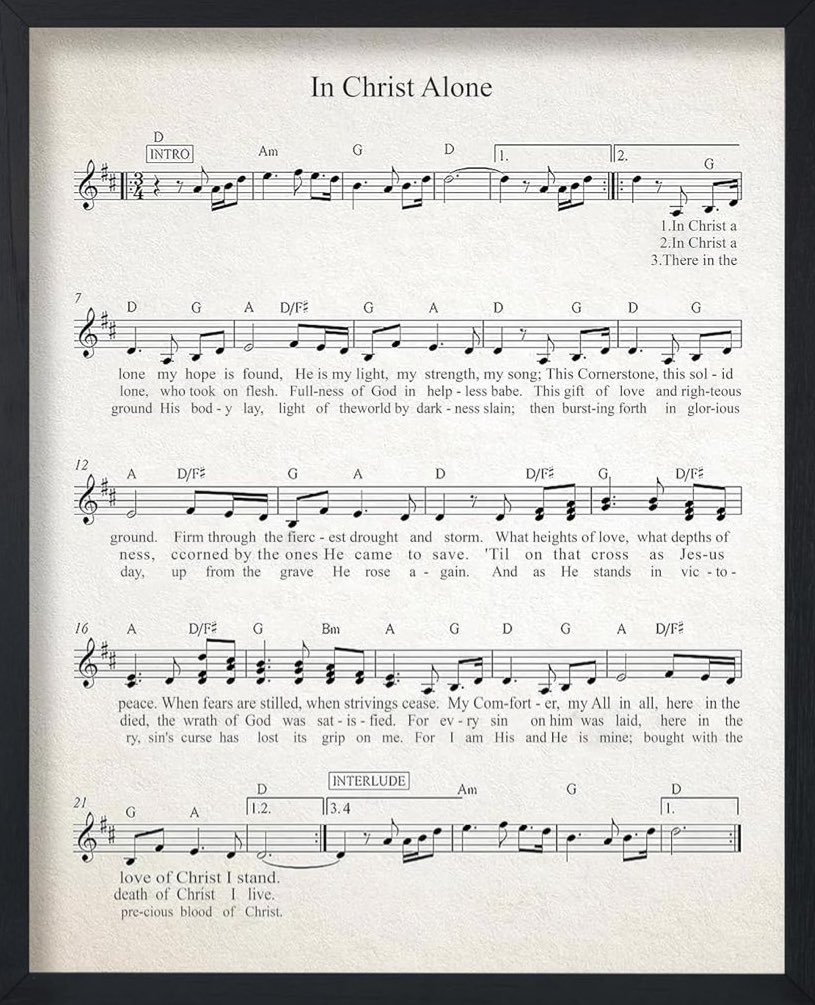🧵 Who Was Melchizedek?
For centuries, Jewish & Christian writers have wondered about the mysterious priest-king of Salem in Genesis 14. I am convinced that he was none other than Noah’s son, Shem. Here’s the biblical and historical evidence 🧵👇🏼
For centuries, Jewish & Christian writers have wondered about the mysterious priest-king of Salem in Genesis 14. I am convinced that he was none other than Noah’s son, Shem. Here’s the biblical and historical evidence 🧵👇🏼

🧵 The Mystery of Melchizedek
Genesis 14 introduces Melchizedek, king of Salem & “priest of God Most High,” who blesses Abraham. No genealogy. No origin story. Hebrews 7 highlights this silence, calling him “without father, without mother, without genealogy.”
Genesis 14 introduces Melchizedek, king of Salem & “priest of God Most High,” who blesses Abraham. No genealogy. No origin story. Hebrews 7 highlights this silence, calling him “without father, without mother, without genealogy.”
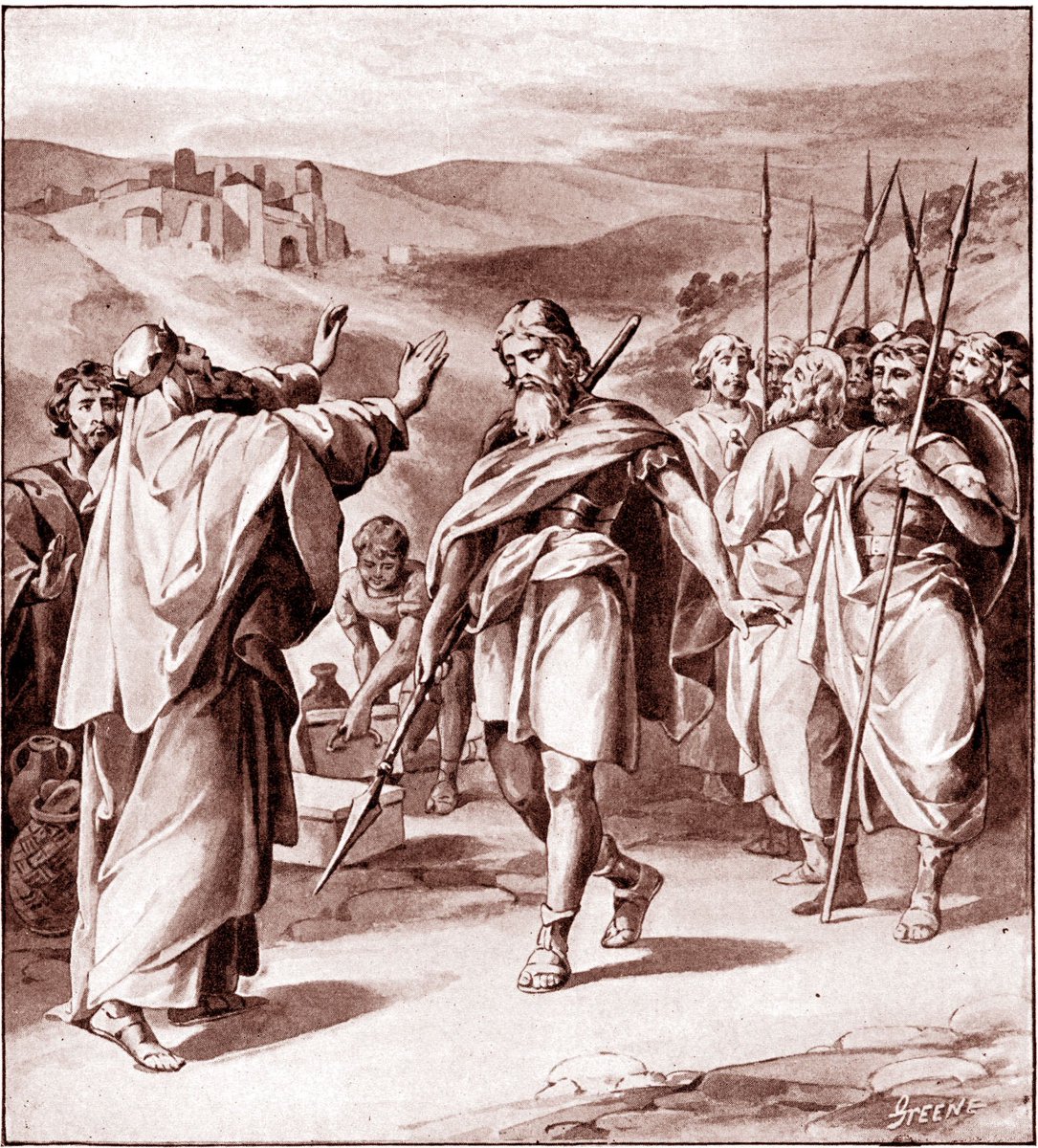
🧵 The Shem Connection
Jewish writings like Targum Onkelos & Genesis Rabbah identify Melchizedek with Shem. Why? Because Shem lived over 600 years (Gen 11:10–11) which was long enough to overlap Abraham by centuries. He would have still been alive in Abraham’s time.
Jewish writings like Targum Onkelos & Genesis Rabbah identify Melchizedek with Shem. Why? Because Shem lived over 600 years (Gen 11:10–11) which was long enough to overlap Abraham by centuries. He would have still been alive in Abraham’s time.

🧵 The ‘Without Days’ Tradition
Hebrews 7:3 describes Melchizedek as “without beginning of days or end of life.” Some saw this as figurative. Since Shem outlived generations, he was “ancient” in the eyes of Abraham and the other Canaanites… appearing almost “timeless.”
Hebrews 7:3 describes Melchizedek as “without beginning of days or end of life.” Some saw this as figurative. Since Shem outlived generations, he was “ancient” in the eyes of Abraham and the other Canaanites… appearing almost “timeless.”

🧵 Heir of Blessing
Genesis 9:26–27 records Noah’s blessing on Shem: “Blessed be the LORD, the God of Shem.” The priestly line was thought to flow through him. Therefore, Shem as Melchizedek fits the role of priest-king who blesses Abraham.
Genesis 9:26–27 records Noah’s blessing on Shem: “Blessed be the LORD, the God of Shem.” The priestly line was thought to flow through him. Therefore, Shem as Melchizedek fits the role of priest-king who blesses Abraham.

🧵 Priest of the Most High
Unlike the pagan kings around, Melchizedek worships the true God. If he was Shem, Noah’s son, he would naturally preserve true worship and pass it on… standing as a faithful priest amid Canaan’s corruption.
Unlike the pagan kings around, Melchizedek worships the true God. If he was Shem, Noah’s son, he would naturally preserve true worship and pass it on… standing as a faithful priest amid Canaan’s corruption.

🧵 Salem = Jerusalem?
If Melchizedek was Shem, then Salem (later Jerusalem) becomes the place where Shem dwelt, foreshadowing the city of God’s dwelling. It links Noah’s covenant family directly to the land promised to Abraham.
If Melchizedek was Shem, then Salem (later Jerusalem) becomes the place where Shem dwelt, foreshadowing the city of God’s dwelling. It links Noah’s covenant family directly to the land promised to Abraham.

🧵 A Bridge in Redemptive History
Shem → Melchizedek → Abraham. This view makes Shem the priestly bridge between Noah’s covenant & Abraham’s covenant. The blessing of the nations passes through him.
Shem → Melchizedek → Abraham. This view makes Shem the priestly bridge between Noah’s covenant & Abraham’s covenant. The blessing of the nations passes through him.

🧵 Not Without Objections
Others argue that Hebrews treats Melchizedek as a type of Christ, not an actual known figure like Shem. The silence of Scripture on genealogy is intentional. Not because it’s Shem, but to point to Christ’s eternal priesthood.
Others argue that Hebrews treats Melchizedek as a type of Christ, not an actual known figure like Shem. The silence of Scripture on genealogy is intentional. Not because it’s Shem, but to point to Christ’s eternal priesthood.

🧵 Why Melchizedek Matters
Whether Melchizedek was Shem or not, the mystery serves the same purpose: to foreshadow Christ. Like Melchizedek, Jesus is both Priest & King, blessing Abraham’s offspring and reigning forever in the true Jerusalem.
Whether Melchizedek was Shem or not, the mystery serves the same purpose: to foreshadow Christ. Like Melchizedek, Jesus is both Priest & King, blessing Abraham’s offspring and reigning forever in the true Jerusalem.

🧵 Thanks for Making it to the End!
If you enjoyed this thread please give it a share!
Also, give my account @joshuabarzon a follow for more content about theology, church history, Bible translations, and graphic design #barzonDESIGN
Sources + More Reading
• Gleason Archer, Encyclopedia of Bible Difficulties
• F.F. Bruce, The Epistle to the Hebrews
• George W.E. Nickelsburg, Jewish Literature Between the Bible and the Mishnah
If you enjoyed this thread please give it a share!
Also, give my account @joshuabarzon a follow for more content about theology, church history, Bible translations, and graphic design #barzonDESIGN
Sources + More Reading
• Gleason Archer, Encyclopedia of Bible Difficulties
• F.F. Bruce, The Epistle to the Hebrews
• George W.E. Nickelsburg, Jewish Literature Between the Bible and the Mishnah
• • •
Missing some Tweet in this thread? You can try to
force a refresh



